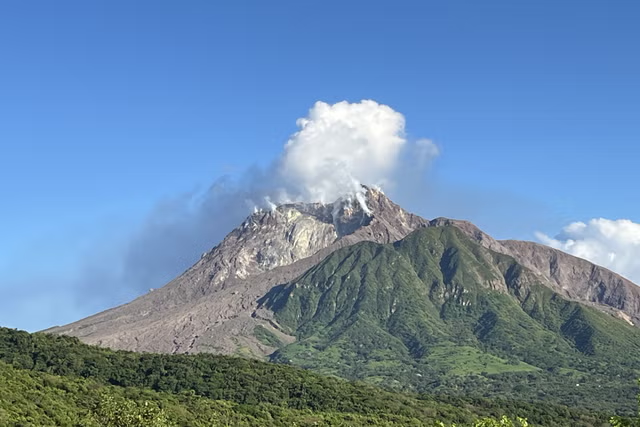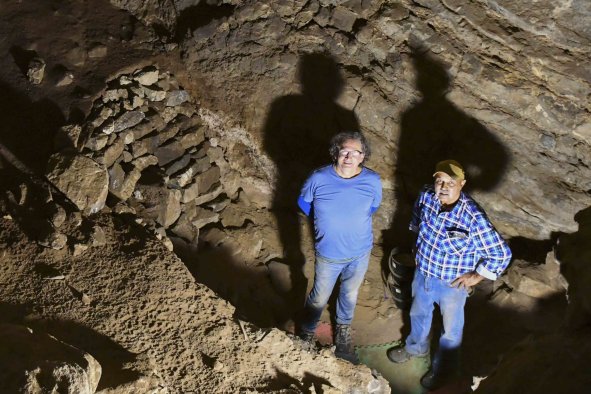The extinction of the dinosaurs around 66 million years ago may have helped facilitate the spread of grapes around the world, researchers have proposed.
In a study published on Monday in the journal Nature Plants, a team of scientists describe nine new species of fossil grapes from Colombia, Peru and Panama that date to between 60 and 19 million years ago.
One of these species—from the Colombian Andes—represents the earliest known example of plants from the grape family (Vitaceae) in the Western Hemisphere.
The fossil remains documented in the study, which consist of preserved seeds, shed light on how Vitaceae plants spread in the period following the extinction of the dinosaurs.
"These are the oldest grapes ever found in this part of the world, and they're a few million years younger than the oldest ones ever found on the other side of the planet," study lead author Fabiany Herrera, an assistant curator of paleobotany at the Field Museum in Chicago's Negaunee Integrative Research Center, said in a press release.
He added: "This discovery is important because it shows that after the extinction of the dinosaurs, grapes really started to spread across the world."
When plants are found as fossils, it is almost always in the form of seeds, given that the soft tissues often decay rapidly.
The history of the Vitaceae family stretches back to around 66 million years ago, which is the age of the earliest known grape seed fossils—originally found in India.
The date of these fossils roughly coincides with the catastrophic mass extinction event that wiped out the majority of plant and animal species on Earth, including all non-avian dinosaurs (avian dinosaurs, or birds, managed to survive and are thriving today). The extinction event, which fundamentally altered the trajectory of life on Earth, is thought to have been caused by the impact of a giant asteroid.
"We always think about the animals, the dinosaurs, because they were the biggest things to be affected, but the extinction event had a huge impact on plants too," Herrera said. "The forest reset itself, in a way that changed the composition of the plants."
The sudden disappearance of the dinosaurs potentially had an impact on the composition of the forests in a way that enabled the success of the Vitaceae family, the authors propose.
"Large animals, such as dinosaurs, are known to alter their surrounding ecosystems. We think that if there were large dinosaurs roaming through the forest, they were likely knocking down trees, effectively maintaining forests more open than they are today," study co-author Mónica Carvalho, an assistant curator at the University of Michigan's Museum of Paleontology, said in the press release.
After the mass extinction, however, some tropical forests—including those in South America—started to become more crowded in the absence of dinosaurs that had previously kept the density of plants in check. It was in this new ecological context that grape plants began to spread.
"In the fossil record, we start to see more plants that use vines to climb up trees, like grapes, around this time," Herrera said in the press release.
The period following the mass extinction event was also characterized by an explosion of diversity among birds and mammals, which may have also been beneficial for grape plants as these animals could have helped to spread the seeds.
The discovery of the oldest known grape fossil from the Western Hemisphere—the Colombian Andes species that has been dubbed Lithouva susmanii—is significant because it supports a South American origin for the group in which the common grape vine Vitis evolved, according to study co-author Gregory Stull with the National Museum of Natural History.
Vitis is a genus (or group of species) of flowering plant species that play a significant economic role today as a source of grapes, which are either consumed directly or turned into wine.
Do you have an animal or nature story to share with Newsweek? Do you have a question about paleontology? Let us know via science@newsweek.com.
Disclaimer: The copyright of this article belongs to the original author. Reposting this article is solely for the purpose of information dissemination and does not constitute any investment advice. If there is any infringement, please contact us immediately. We will make corrections or deletions as necessary. Thank you.



